13
Sensing data centres
A.R.E. Taylor and Julia Velkova

Fig. 13.1 The exterior of a hyperscale data centre in Finland operated by Yandex, a major Russian Internet platform (credit: Julia Velkova)
Data centres underpin and enable the increasingly ubiquitous sensor infrastructure that makes and shapes transnational security formations. These network buildings facilitate and make possible the work of sensing media, the tracking, collection and aggregation of digital data and the production of metric cultures. Yet they remain curiously absent in discussions of contemporary sensor-driven security. Offering an alternative vantage on data infrastructures and the security sensing practices they enable, this Visual Vignette draws on empirical fieldwork conducted inside the buildings that store the vast volumes of sensor data now produced on a daily basis. Data centres are at once nodes in planetary-scale information networks but they are also meaningfully emplaced in specific locales. While data is persistently imagined in terms of ‘flows’, such imaginaries overlook its situatedness and the static, unmoving sites of digital information storage and accumulation where different technologies of sensing – human, animal, mechanical and digital – intersect, with the aim of ensuring the uninterrupted continuity of data-based capitalism. Playing with the rich polysemy of ‘sensing’ as a conceptual and empirical mode, we adopt a sensory ethnographic approach, with each image in this vignette providing an entry-point for a more detailed sensory exploration of these high-security sociotechnical environments. In doing so, we seek not only to enfold the architecture of ‘cloud’ computing into discussions of sensor-driven security but to draw attention to the role that sensors play in the production and quantification of space and time in the data centre, configuring these buildings as anticipatory sites for the preemption and detection of imminent but sub-visible failure events.

Fig. 13.2 The whitewashed interior of the cloud (credit: A.R.E. Taylor)
Spaces of security
Data centres form the core of the globally interconnected infrastructure that is commonly known as the ‘cloud’. At its most basic, cloud computing describes an infrastructural shift from desktop computing (where files and applications were stored on the local hard drives of our computers) to a form of online computing (where these are stored in data centres accessed remotely ‘as a service’ through the Internet). A significant consequence of this, as Peter Jakobsson and Fredrik Stiernstedt (2012: 103), among others, have highlighted, is that ‘increasingly more information, as well as the means to process that information, becomes centralised resources in the hands of a few, large actors’. The emergence of cloud computing, coupled with developments in wireless technologies and the aggressive (though uneven) deployment of computing and sensor infrastructure throughout the biosphere (Gabrys 2016), has enabled for new cyber-physical ecologies of data circulation in the form of the ‘Internet-of-Things’, the ‘smart city’ and the ‘sensor society’. As architectures of industrial-scale data storage, data centres are now essential to emerging forms of data-driven security and intelligence (Amoore 2018). The pooling of vast volumes of data that cloud-based storage enables, promises to provide security agencies and government authorities with new capacities to ‘discover, access and share critical information in an era of seemingly infinite data’ (Konkel 2014).
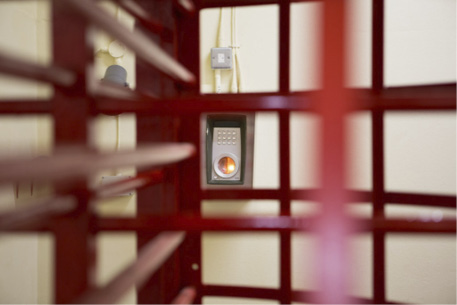
Fig. 13.3 Biometric sensors such as fingerprint and retina scanners regulate access throughout data centres (credit: A.R.E. Taylor)
Sensorscapes
A hyper-illuminated corridor leads to an armour-plated security door. The guard’s steel-toecapped footsteps are absorbed by the polyethene flooring as he walks. The corridor is empty and odourless. Fluorescent lights on the ceiling glare against the PVC wall cladding. The interior of this data centre is divided into a nested series of securitized areas that are electronically regulated by multiple access control systems. Here, the production of security is inseparable from the production of space. A biometric sensor next to the security door digitally reconstructs the guard’s identity as he places his fingerprint to the scanner. The door unlocks with an electronic whirring noise and opens slowly. A rush of cold air leaks from the room as the roar of air conditioning units becomes audible. At the base of the door, a dust trap collects the dirt from shoes. This is the data hall where hundreds of servers are located. It is on the hard drives of servers that data centres store their digital information. Data centres do not only underpin sensor societies but are highly specialized sensing environments themselves. Equipped with a multitude of sensing technologies, the data hall is a highly metricated space. Motion sensors, smoke detectors and humidity sensors are positioned throughout the room. ‘Fires, floods, intrusion, you name it, we’ve got a sensor for it’, the guard informs visitors. The sensor-regulated environs of the data hall are a decidedly non-human space, configured and calibrated for the sole purpose of providing optimal conditions for computation. An ambient room temperature of around 20–23°C and a humidity level of 45–55% must constantly be maintained to ensure that the servers are not damaged by moisture or overheating. The server cabinets are arranged in symmetrical aisles, with cold air distributed through fans beneath the raised flooring. Thermal sensors monitor the air flows and the temperature of each server cabinet, while humidity sensors monitor air moisture levels. Sensors attached to the server cabinets immediately alert operators in the data centre control room if a door has been opened and whether it was opened with or without authorization.
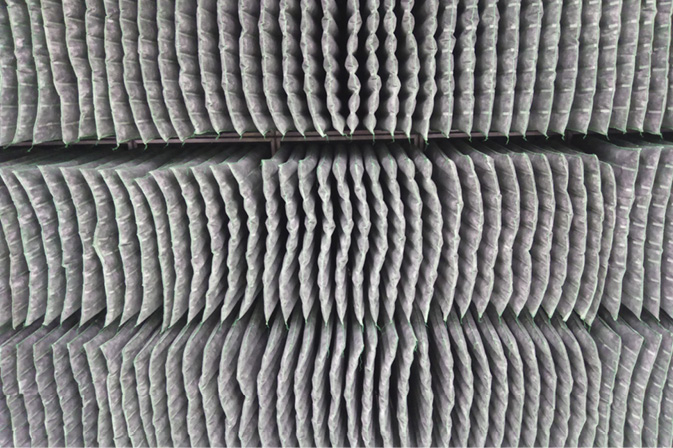
Fig. 13.5 Dust filters on data centre rooftops ensure that the air for computer room cooling is not contaminated with particulate matter (credit: Julia Velkova)
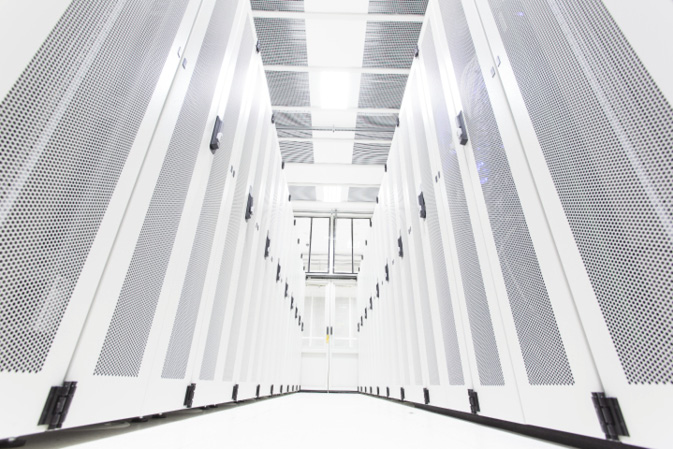
Fig. 13.4 Sensors fitted to server cabinet doors enable data centre operators to detect anticipated events potentially emerging within the quantified space of the data hall (credit: A.R.E. Taylor)
Sensing failure
Data centre security does not only work as a productive force that constitutes and acts through material spaces, but it also involves the production and detection of future failure events on which to pre-emptively act. In this sterile, dustless world of brushed metal surfaces, sensors enable a specific temporal configuration of security that is anticipatively orientated towards occurrences and activities that might (or might not) become events. These devices work as sentinels for the pre-evental detection of threats that arise beyond the threshold of human sensory perception, constructing the data hall as an elusive threat-space filled with potential events that can range from equipment failures, intrusions or other disaster scenarios. This is a realm beyond risk, an anticipatory space orientated towards events that have events that have yet to materialize but that can hopefully be detected and diagnosed in their micro-visible and sub-visible forms of emergence through sensor assemblages. Data centre operators can then act upon these instances before they become events. Guided by logics of preparedness, preemption and redundancy, measures are in place to ensure the continued functionality of servers in the event of a blackout or other failure scenario. Mechanical devices like flywheels, weighing 4000kg and rotating at 3300rpm in helium atmosphere, perform crucial functions in maintaining sensor operationality. As sources of kinetic energy storage and production, flywheels work to keep sensors and other computing equipment running even if diesel and electrical systems fail. As technologies that have been used since antiquity, flywheels appear strangely anachronistic in these high-tech landscapes.
Particulate matter
Organic and inorganic particulate matter, such as dust, plant pollens, human hair, liquid droplets and smoke from cigarettes and nearby traffic can interfere with the fragile drive mechanisms of data storage media. Dust is perceived by data centre professionals as a threat to the data centre that could disturb the sociotechnical order required for data processing. For this reason, dust filters are sometimes placed on data centre rooftops to ensure that the incoming cold air used for cooling computing equipment does not contain hazardous particles. Photoelectric sensors are positioned at strategic points along the ceiling of the data hall to detect smoke particles or other particulate matter. The data hall is thus a highly controlled environment and the startling whiteness gives the space a sterile appearance. The well-lit, white surfaces serve to make visible any ‘foreign matter’ that may have entered the facility. Here, the data centre ‘whitescape’ (Taylor 2018) joins ‘the doctors white coat, the white tiles of the bathroom, the white walls of the hospital’ (Wigley 1995: 5), amongst other surfaces that have mobilized the colour white ‘in the construction of the concept of cleanliness’ (El-Khoury 1996: 8). In addition, on a daily basis employees wipe off any dust from the diesel generators in order to check for any leaks. The shiny epoxy floors of the data hall are regularly vacuumed, eliminating dust particles that may threaten to short-circuit computer electronics and cause disruption. Dirt is perceived both as a threat to securing the uninterrupted work of machines in the data centre, and as a sign of negligent maintenance that threatens to destabilize the image of the data centre as a futuristic and sterile architecture of control. The concern with cleanliness, sanitation, air and water provision configures the climate-controlled data hall as a space of preemption under constant threat of contamination, an environment that needs to be equipped with sensors in order to cater for its support systems.
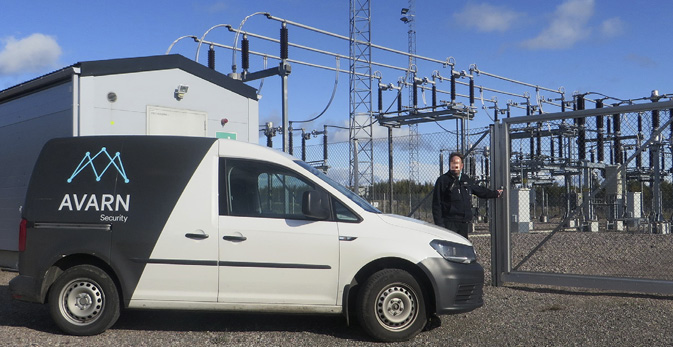
Fig. 13.6 Data centre security is often outsourced to private security firms. Their contractors patrol the perimeter of the data centre, inspecting the security of infrastructure (credit: anonymous data centre security officer, via Julia Velkova)
The care of the data
The sensing work of data centre security is not only conducted by technical equipment. Human beings play a central role in taking care of the data stored and processed in these buildings. Acting as living, human sensors, technicians and security guards routinely patrol data centre facilities. Technicians inspect the data hall while security guards monitor the multiple CCTV cameras, check office buildings and test locks multiple times a day to ensure their proper functioning. Security guards also conduct regular inspections of the razor wire fences that surround these facilities and inspect the on-site water purification systems and power transformers. Security guards collect and report data about the state of the fences, doors, surveillance infrastructure and other aspects of the site. Here, security is produced as an observational, embodied, sensory regime within the larger circuitries of ‘surveillance capitalism’ (Zuboff 2015). Security is not only the remit of trained professionals. Electricians, engineers, technicians, receptionists, cleaners and other employees are encouraged to ‘listen and look’ for sensory abnormalities – uncommon noises, leaked diesel, suspicious passers-by or obviously broken technology – as they wander around the site to ensure the uninterrupted processing of global data. The work of human sensory vigilance often takes place in an environment that is not designed for human comfort. Rather, the security guards, electricians and other technicians must adapt to the sensory environment of the computing machines. In order to secure the optimal thermal conditions for server functionality, the corridors through which humans move are drafty and the temperature in them alternates between too cold and too hot, ranging between 10°C and 35°C. The background noise of computing servers, air conditioning systems and diesel generators provides the soundscape for everyday human labour in the data centre. Loud noises from this industrial equipment amplify in the vast open spaces inside, requiring workers to wear noise protection gear, in addition to thick clothing to withstand the wind of the air conditioners and the cold temperatures that define the data centre workplace. The sociopolitical importance of maintaining global data capturing and processing regimes exceeds the human scale, with the needs of servers prioritized over human needs for fresh air and thermal comfort. The prioritization of data over those who care for data was highlighted during a week-long data centre management training programme one of the authors attended in London in 2017. On the first day, the course tutor announced to the class: ‘The data centre is not a people space. This needs to be made clear up front as it can lead to serious consequences and costs if it is overlooked. The primary aim must always be to support the IT assets which, in turn, support the business need’. As such, the needs and affects of the humans working in these buildings are rarely incorporated into their design: ‘We all work for the machines, this is why we are all here, but I am used to that’, one of our interlocuters explained.
Human-animal-machine
In these sanitized and regulated environments, animals might at first appear as a form of ‘matter out of place’ (Douglas 2002). Yet guard and detection dogs are a valuable part of data centre security work, helping to sense threats or detect illicit substances, such as explosives, arms or contraband electronics that dangerous actors might try to smuggle on site. As well as providing the security guards with support, they also provide companionship. But dogs are not the only animals entangled within data centre sensor security assemblages. Rabbits, rodents and hedgehogs are frequent night visitors. As they traverse the open gravel spaces outside of the data centre in search of food, their presence is sensed by infrared cameras, alerting the guards on shift. Motion sensors detect illicit human and non-human movement around the data centre compound while infrared sensors police the invisible region of the electromagnetic spectrum. Sensing technologies thus monitor and control who enters different areas of these securitized compounds, as well as non-humans that range from particulate matter to rodents. The wildlife that is tracked, sensed and visualized also creates new objects of vigilance in the form of holes in or around fences or damage to buildings. In the same way that data centres enfold longer-standing socio-spatial tactics of security, such as the fortified wall, with more recent digital technologies, they also draw together diverse human and non-human actors into larger configurations of surveillance and control. Data centre security is thus produced through different sensory modes, calling forth new assemblages of human-animal-machine.
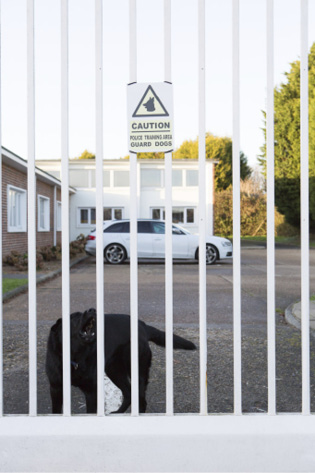
Fig. 13.7 Guard and detection dogs often operate as non-human sensors in data centre securityscapes (credit: A.R.E. Taylor)
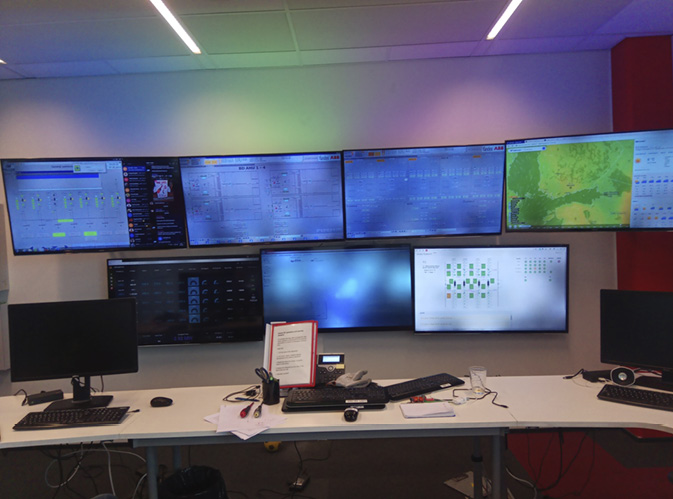
Fig. 13.8 The data centre control room (credit: Julia Velkova)
Quantified securityscapes
The metrics generated by the distributed human and non-human sensors on site are gathered and monitored in the control room. The control room aligns and visualizes the functioning of different environments within the data centre. On one screen, a weather map provides anticipatory knowledge of changing climate conditions outside the artificially climatized inner spaces of the data centre. The weather map alerts control room operators of approaching storms that are conceived as a potential source of threat to electrical infrastructure. Colourful LEDs placed behind the monitors provide bias lighting that reduces eye strain and fatigue for extended periods of screen surveillance. Myriad other screens display the environmental and operating conditions of the computing rooms and data halls that have been converted by sensor assemblages into quantified geographies of pre-evental emergence. On the screens in the control room, we thus find a representation of the data centre as a quantified securityscape. Monitoring, logging, mapping, sorting, ordering and tracking, sensors generate new spatialities and temporalities in which to anticipate, detect, diagnose, pre-empt and respond to security threats. The daily actions that make up the ordinary work of data centre security thus unfold along the ambiguous spatiotemporal plane between the event and the potential event. This analysis has drawn attention to sensor-driven data centre security as a productive force that constitutes and acts through space and time in an attempt to render equipment failure and other threatening futures visible and knowable before they become events. Within contemporary security landscapes, sensors increasingly enable the quantification of space for the pre-evental detection and control of potentially threating occurrences, irregularities or abnormalities. As a critical infrastructure underpinning the ongoing push towards ubiquitous sensing, the data centre is thus both an ensensored technological system and an architectural model of a quantified world where events can be pre-emptively securitized and acted upon through sensor-driven practices of anticipatory governance and control.
References
Amoore, L. (2018). Cloud Geographies: Computing, Data, Sovereignty. Progress in Human Geography, 42(1): 4–24.
Douglas, M. (2002 [1966]). Purity and Danger: An Analysis of Concept of Pollution and Taboo. London and New York: Routledge.
El-Khoury, R. (1996). Polish and Deodorise: Paving the City in Late-Eighteenth-Century France. Assemblage 31: 6–15.
Gabrys, J. (2016). Program Earth: Environmental Sensing Technology and the Making of a Computational Planet. Minneapolis: University of Minnesota Press.
Jakobsson, P., and Stiernstedt, F. (2012). Time, Space and Clouds of Information: Data Centre Discourse and the Meaning of Durability. In G. Bolin (Ed), Cultural Technologies: The Shaping of Culture in Media and Society. New York: Routledge, pp. 103–117.
Konkel, F. (2014). The Details about the CIA’s Deal with Amazon. The Atlantic. 17 July. <https://www.theatlantic.com/technology/archive/2014/07/the-details-about-the-cias-deal-with-amazon/374632/>.
Taylor, A. R. E. (2018). The Technoaesthetics of Data Centre ‘White Space’. Imaginations: Journal of Cross-Cultural Image Studies. Special Issue: Location and Dislocation Global Geographies of Digital Data, 3(8-2): 42–54.
Wigley, M. (1995). White Walls, Designer Dresses: The Fashioning of Modern Architecture. Cambridge, MA: The MIT Press.
Zuboff, S. (2015). Big Other: Surveillance Capitalism and the Prospects of an Information Civilization. Journal of Information Technology 30(1): 75–89. DOI: 10.1057/jit.2015.5.